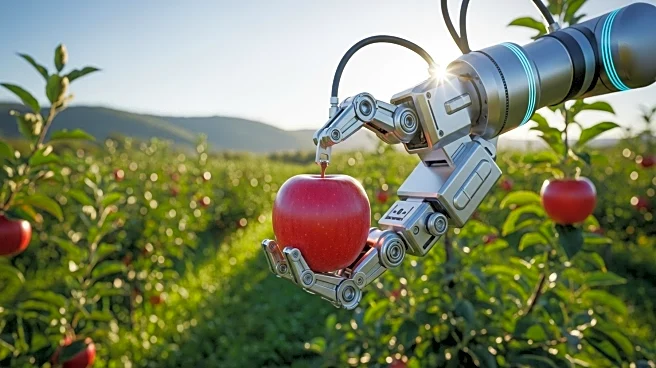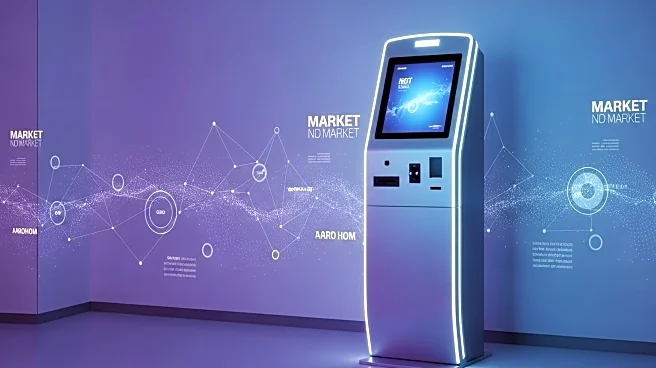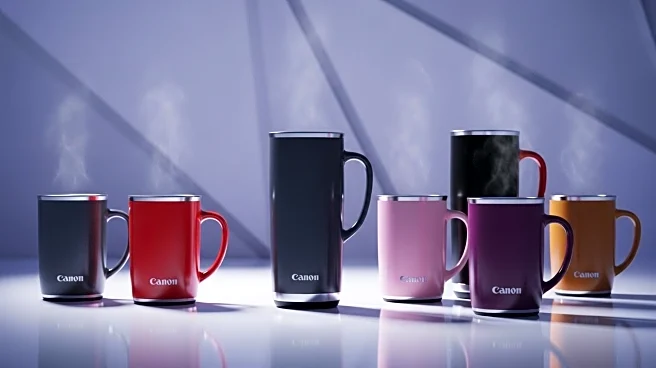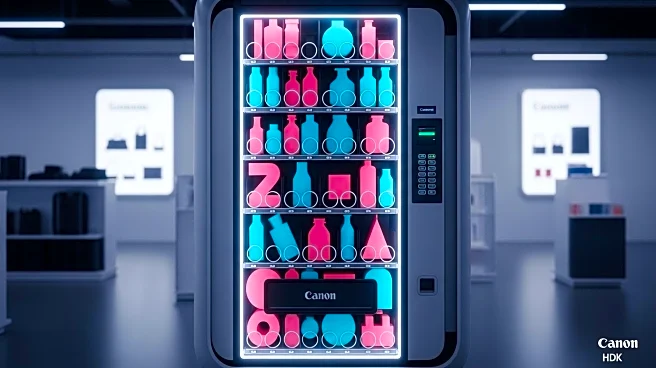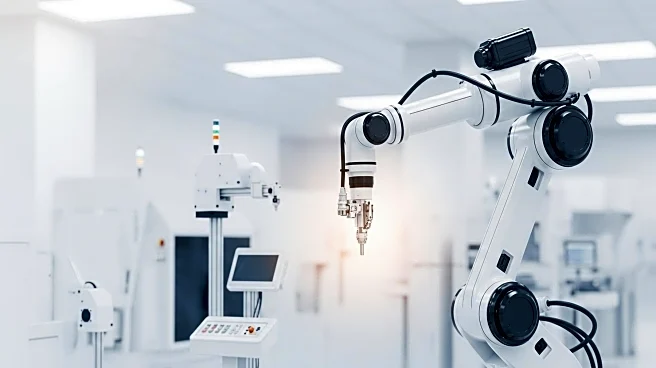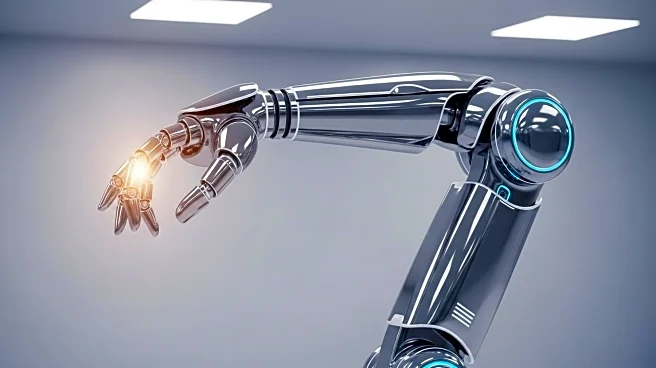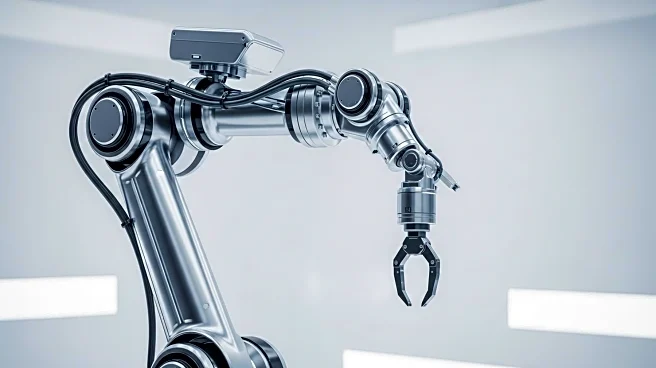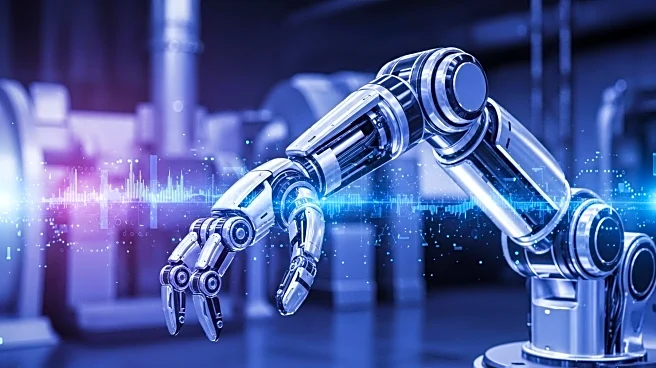What's Happening?
The vending machine market is expected to grow significantly, reaching $37.2 billion by 2032, according to a report by Allied Market Research. The market was valued at $18.3 billion in 2022 and is projected to grow at a CAGR of 7.5% from 2023 to 2032. The offline segment dominates the market, accounting for 68.9% of the share. Beverages vending machines are a core business, driven by the growth of the food and beverages industry. Innovations such as facial recognition, self-inventory, energy-saving, and cashless payment machines are enhancing efficiency and consumer experience.
Why It's Important?
The growth of the vending machine market reflects changing consumer preferences and technological advancements. The demand for ready-to-drink beverages and packaged products is increasing, driving the market expansion. Vending machines offer convenience and efficiency, appealing to consumers in various settings such as hotels, restaurants, and public places. The integration of IoT-based systems allows real-time data collection, improving consumer experience and operational efficiency. This growth presents opportunities for manufacturers to innovate and capture new market segments.
What's Next?
Manufacturers are focusing on developing IoT-based vending machines to enhance consumer experience and operational efficiency. The market is expected to see further innovations, such as voice recognition and interactive display systems. The demand for vending machines in offices, commercial spaces, and public areas is likely to increase, driven by the convenience and efficiency they offer. As digital payment options become more prevalent, the market is poised for continued growth, attracting new players and expanding into new regions.
Beyond the Headlines
The vending machine market's growth highlights the importance of adapting to consumer preferences and technological advancements. As manufacturers innovate, they must also consider sustainability and energy efficiency. The shift towards cashless payments and IoT integration reflects broader trends in consumer behavior and technology adoption. This evolution could lead to changes in retail and service industries, influencing how products are marketed and consumed.

